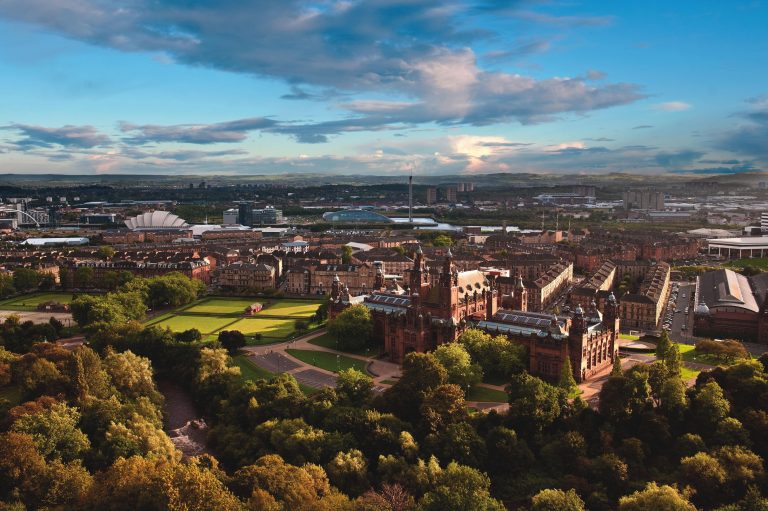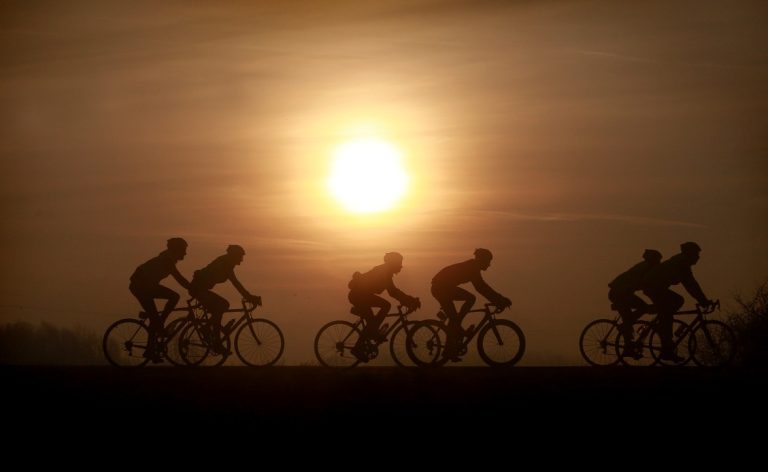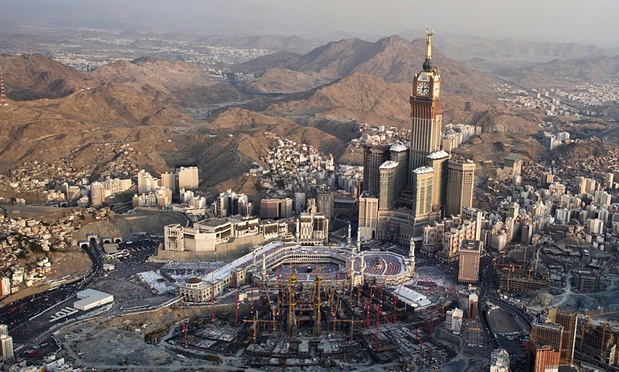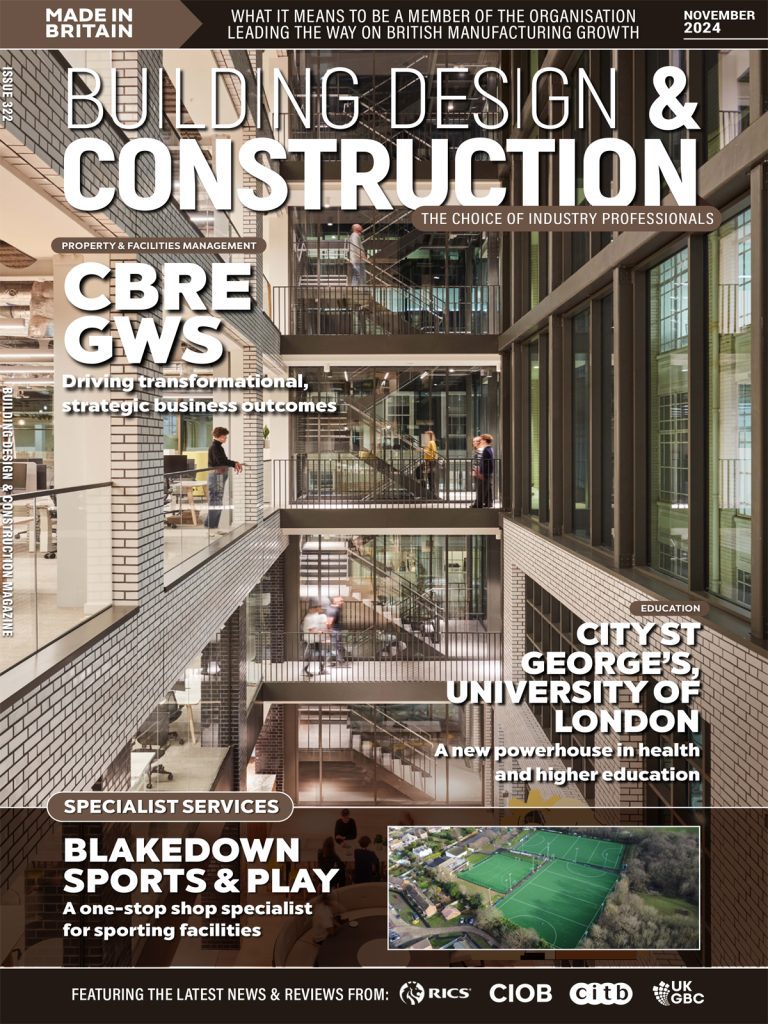Reports of incidents of worker deaths and dangerous lack of safety precautions on building work in the city. The Saudi crane collapse that killed more than 100 people in Mecca at the weekend has exposed a shoddy breakneck construction boom that some Saudis complain is ruining the holy city. For years, Mecca’s residents have lived with rampant building and development work as Saudi leaders seek to expand not just a holy site that received more than 2 million visitors during hajj last year, but the surrounding metropolis too. “Every two years they have a new plan that is nothing to do with the previous plan,” said one activist, who like many Saudis was nervous of giving his name. “So they have to destroy a bit of the past. That is why the people of Mecca and hajjees have been suffering for the last 15 years.” Hajj pilgrimage to go ahead despite tragic crane collapse at Mecca’s Grand Mosque Read more Frenetic building work is evident everywhere in Mecca, above all at the Grand Mosque, the vast complex of religious buildings spread over 356,800 square metres at the heart of the city, where Friday’s accident took place. The country’s monarch, King Salman, has promised to find out what caused the construction crane to topple over during a thunderstorm. One Briton, Qasim Akram from Bolton, was confirmed to have been killed. The hajj is due to go ahead unaffected, but locals have been left with a bitter taste in their mouths. “There have been quite a few minor incidents, workers getting killed, but it never reaches the press,” said the activist. “This time they can’t hide it.” The 100bn riyal (£17.2bn) Mecca development project is overseen by one of the country’s leading developers, the Saudi Bin Laden Group, and has backing from the government. Supporters say that when the project is completed there will be new housing, a ring road, parking lots and a new metro system. Dr Irfan al-Alawi, the executive director of the Islamic Heritage Research Foundation, said: “It is a tragedy what has happened, but it didn’t come as a surprise. There have been many accidents. Last year, the last few floors of a building being constructed right next to the clock tower caught fire and they had to call the fire engine from Taif, which is about 45 mins away, to help extinguish it. “There is no health and safety system in place. In London when you have construction work the public are kept away, but in Mecca machinery is deployed in areas accessible to the public,” Dr Alawi said. “There are not enough volunteers looking to check children do not go into the dangerous areas. Even some of the engineers don’t have safety gear, helmets or gloves to wear, because it is very hot, summer time temperatures 45C.” “We have 15 of the world’s tallest cranes overlooking the Grand Mosque,” he said. “These cranes have been standing there for the last three years. If this crane collapsed, what is stopping the other cranes collapsing God forbid? I urge the Saudi authorities to implement health and safety but this is something they have failed to do over the past few years.” “Next year they have the largest hotel in the world being constructed with 10,000 rooms. Where is the health and safety for those?” Dr al-Alawi is concerned that the city’s many skyscrapers are “making it look like Manhattan”. Chief among them is the 76-storey royal clock tower and the gargantuan Abraj al-Bait complex attached to it. One of the world’s largest buildings in terms of floor space, the six towers of the complex include luxury hotel rooms and a multi-storey shopping mall. Activists, however, say there is a worrying lack of oversight and accidents usually go unreported. Amateur videos of demolition work in Mecca posted online show a dangerous lack of security precautions. A building is demolished in Mecca, with traffic close by. A leading concern among local residents is that the Bin Laden Group has earmarked large slum areas for demolition and they fear they may not receive proper compensation or a new place to live. The problem is made worse by the fact that Mecca’s immigrant communities have traded property among themselves for years, but the state does not recognise the paperwork they use to do so. “The development project is primarily a means for the regime to distribute oil wealth and patronage among a limited circle of princes and their entourage. No one is expecting it to bring any tangible benefits,” said another Mecca resident. Property around the Grand Mosque is among the most expensive in the world, but there are squalid districts not far from the centre. Mansour Street is a slum neighbourhood located just over a mile from the Grand Mosque and populated mainly by migrants from three Nigerian tribes. Al Nakasah is a densely populated Burmese slum built on steep, unpaved mountainsides. Many streets in these neighbourhoods are too narrow and steep for cars to pass. Inside the tangled maze of alleyways, sewage runs in the streets and rubbish lies uncollected. Few houses have mains gas, water or electricity. Women and children forage in skips for food. There is little evidence of the estimated $110bn (£71bn) in social programmes and subsidies the king has announced since uprisings began sweeping the region four years ago. Activists say it is Mecca’s unique social mosaic that makes it a particularly easy city for the government to control. Given its historic role as the centre of Islamic pilgrimage, it is a collection of immigrant communities coming mainly from countries where Muslims face persecution and discrimination at home. “Al Saud are experts at playing one off one side against the other,” said another local. “If one community makes problems they are passed over for what they want most – jobs. This keeps the people loyal”. Visas and residency permits are also a powerful means of social control. The government can easily silence immigrant communities with










